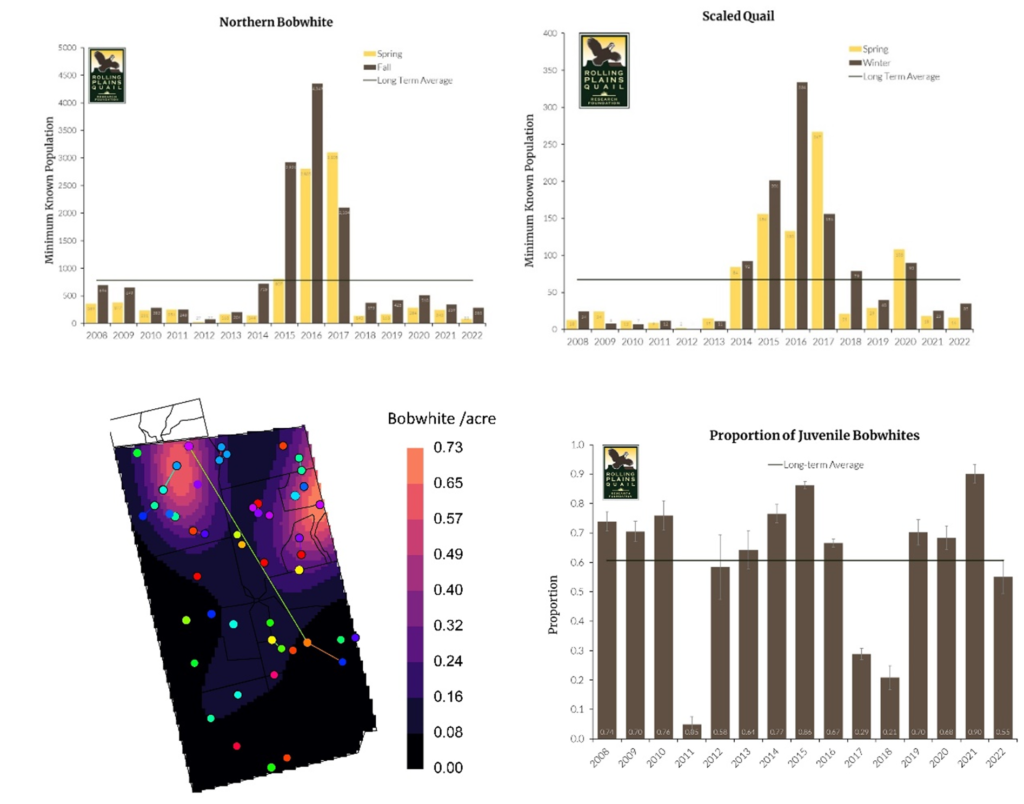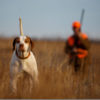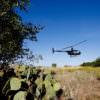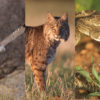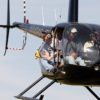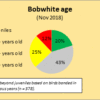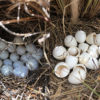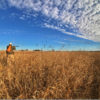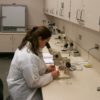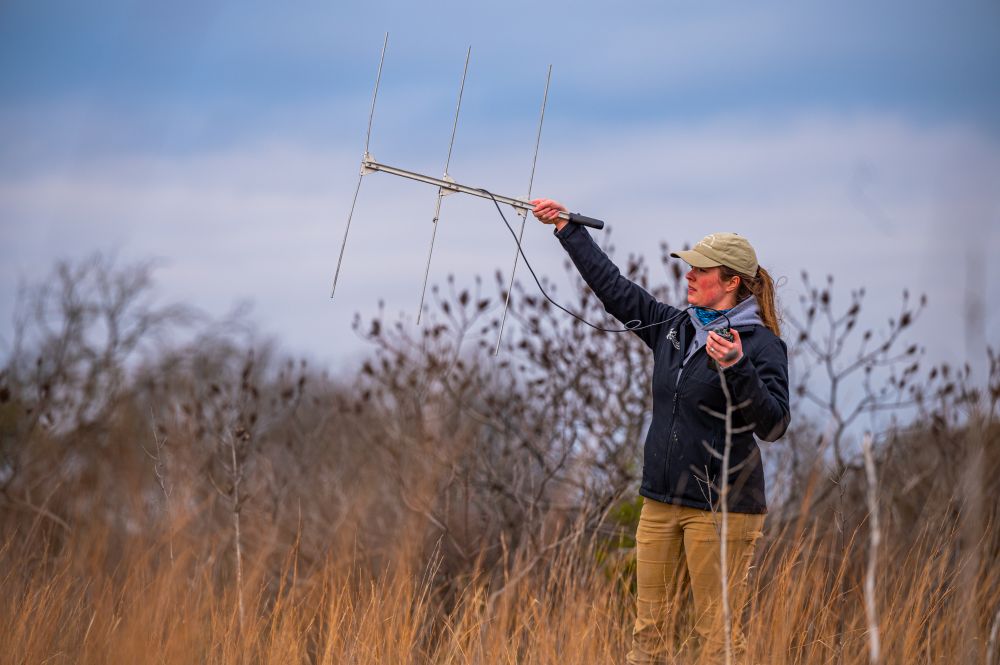
Each March and December at the Research Ranch we trap quail for two weeks. Every bird captured receives a leg band and are aged, sexed, and weighed. The bands stay with the birds for the remainder of their lives and identifies them if we catch them again. Using the recapture data, we can estimate population size, survival, and recruitment. A selection of bobwhites receives radio transmitters. The transmitter batteries last approximately a year and allow us to track their movement (thus habitat selection), nesting attempts, and survival. Since 2008 we have caught over 36,000 quail on the RPQRR, but because some were caught multiple times, the number of unique birds handled is about 17,000.
This December we caught 318 individuals. Of these, 35 were scaled quail and 283 were bobwhites. We estimate the true population of bobwhites on the Research Ranch to be 438 individuals (95% confidence interval: 366 – 575) or approximately 1 bird per 10 acres. We estimated the true population of scaled quail to be 93 individuals (95% confidence interval: 48 – 398). Scaled quail were reintroduced to the Research Ranch in 2013 and have persisted since that time.
We placed radio transmitters on 152 of the bobwhites and will be monitoring them 5 days per week over winter. Just 56% of the birds were juveniles, and few (39 of 259) were still molting their primary wing feathers. This reinforces our observations that reproduction was down this year, but that a few late hatches occurred. The oldest bird was a male bobwhite originally caught as an adult on March 20, 2019, making him at least 4 years old. Our northern bobwhites weighed from 123 grams (a juvenile female) to 214 grams (a juvenile male) and averaged 178 grams. The scaled quail ranged from 166 grams (a juvenile female) to 230 grams (an adult female) and averaged 193 grams.
